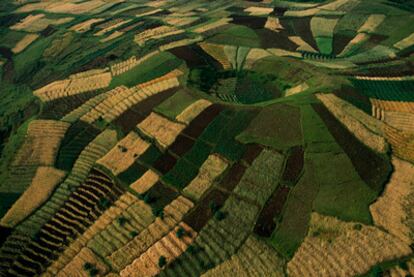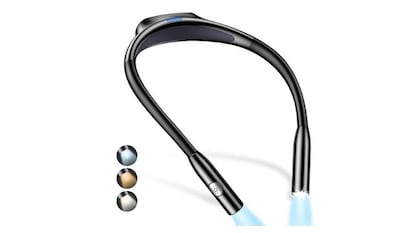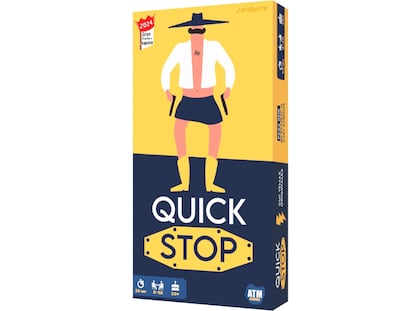Production of peat moss: an eco-friendly horticultural substrate and part of the solution to global warming?
Today the most important component of substrates used in plant production is white peat. Globally, 35 million square metres of this limited natural resource are used each year. None of the numerous other substances on the market can compete with white peat due to its superior physical and chemical properties. Unfortunately, natural peat accumulation is a very long process and, therefore, the sources of this raw material are finite and are becoming scarce.
Peatlands - the spots where peat accumulates - are important ecosystems for climate regulation and nature conservation. The process of harvesting peat is not sustainable: it destroys these precious peatlands by removing the thin layer of living plants responsible for maintaining the area. Growth in designated peatlands is about 85 times slower than peat use. Harvesting peat contributes to global climate change, too. The peat remaining in bogs that have been harvested releases considerable amounts of carbon dioxide by oxidation at the bare peat surface. In addition, the harvested peat also releases carbon dioxide during its use as a horticultural substrate.
Peatlands - the spots where peat accumulates - are important ecosystems for climate regulation and nature conservation
New substrates could slow down peatland destruction and, therefore, reduce carbon emissions.
The need for new raw materials that can be used to develop horticultural substrates with minimal peat content is immense. New substrates could slow down peatland destruction and, therefore, reduce carbon emissions.
The basic idea came up to investigate the origin of white peat - Sphagnum mosses. White peat mainly consists of incompletely decomposed mosses, which grow in the acidic environment of peatlands and raised bogs. Sphagnum mosses are remarkable plants that cope with extreme environmental conditions. The nutrients needed to build up the moss plant are almost all delivered by rain. If mosses dry up and stop growing because of a lack of water, they continue to grow when made wet again.
Studies have shown that fresh peat moss biomass has similar physical and chemical properties to white peat, and additional antibacterial and fungicidal effects. Various research groups decided, therefore, to cultivate the mosses?which still grow in several areas, mostly in the northern hemisphere?as a crop.
Mosses propagate mostly by asexual means, so it is easy to get 'seeds' for cultivation. They need to be wet at the bottom for maximum growth. To ensure a constant water supply, the best approach is to cultivate Sphagnum mosses on an open water surface. But how can you prevent the mosses from sinking? At the division of Urban Plant Ecophysiology at Humboldt University Berlin, we decided to engineer a floating mat that ensures, on the one hand, a constant supply of water to the mosses and, on the other hand, that the mosses don't sink.
In 2007 a Sphagnum farming project was initiated. The main objectives were to cultivate peat mosses on floating vegetation mats and to process the harvested peat moss biomass to produce substrates for professional horticulture. We cultivated the mosses on lakes produced by open cast mining in the south eastern region of Germany. These lakes are not commonly used for other purposes because they are very acidic and very salty, but the mosses cope well with these extreme conditions. Various species of Sphagnum mosses were cut into small pieces and then spread on different types of floating mats. We then partly covered the mats with straw mulch to create a shelter, produce a microclimate and protect the mosses from ultraviolet radiation.
After only three months, the fragments of moss regenerated lots of new capitula: the 'heads' of mosses. The height of the moss lawn grown measured up to 6cm, depending on the species. Although frozen in a thick layer of ice during winter, the mosses are still growing to build a compact moss lawn. The target is to harvest a moss lawn of about 10cm height per square metre within a few years of initial cultivation.
Experiments in which a substrate that was made entirely from Sphagnum biomass was used on the commercially important ornamental plant Poinsettia have produced plants of the same quality as those grown in a standard peat based substrate, suggesting that the cultivated moss is suitable for professional horticulture.
We're still a long way from developing commercially available substrates based on Sphagnum mosses. However, the advantages of creating new jobs, limiting carbon dioxide emission, saving ecosystems, and supporting nature conservation should ensure this process gets off the ground. Although we have only just started, we envisage a positive future for Sphagnum farming and our peatlands.
Armin Blievernicht, Christian Ulrichs, Matthias Zander Humboldt-Universität zu Berlin.- www.atomiumculture.eu

Tu suscripción se está usando en otro dispositivo
¿Quieres añadir otro usuario a tu suscripción?
Si continúas leyendo en este dispositivo, no se podrá leer en el otro.
FlechaTu suscripción se está usando en otro dispositivo y solo puedes acceder a EL PAÍS desde un dispositivo a la vez.
Si quieres compartir tu cuenta, cambia tu suscripción a la modalidad Premium, así podrás añadir otro usuario. Cada uno accederá con su propia cuenta de email, lo que os permitirá personalizar vuestra experiencia en EL PAÍS.
¿Tienes una suscripción de empresa? Accede aquí para contratar más cuentas.
En el caso de no saber quién está usando tu cuenta, te recomendamos cambiar tu contraseña aquí.
Si decides continuar compartiendo tu cuenta, este mensaje se mostrará en tu dispositivo y en el de la otra persona que está usando tu cuenta de forma indefinida, afectando a tu experiencia de lectura. Puedes consultar aquí los términos y condiciones de la suscripción digital.
Archivado En
Últimas noticias
España registró en 2025 otro medio millón de empleos nuevos por cuarto año consecutivo
Xi Jinping se pronuncia de forma velada sobre Venezuela: “Las prácticas de intimidación hegemónica afectan gravemente al orden internacional”
La nieve llega a cotas bajas de Barcelona, Tarragona y Lleida y amenaza la movilidad por carretera
Últimas noticias de Venezuela tras la detención de Maduro, en directo | Trump vaticina que Cuba “está a punto de caer”
Lo más visto
- Así le hemos contado las noticias de Venezuela tras la detención de Maduro este 4 de enero de 2026
- El ataque de Estados Unidos a Venezuela amenaza con provocar una nueva subida del precio del petróleo
- Rusia muestra su “solidaridad” con Venezuela pero descarta actuar en defensa de su aliado
- Delcy Rodríguez tiene vetada la entrada a la UE “por violaciones graves de los derechos humanos”
- El puto amo




























































